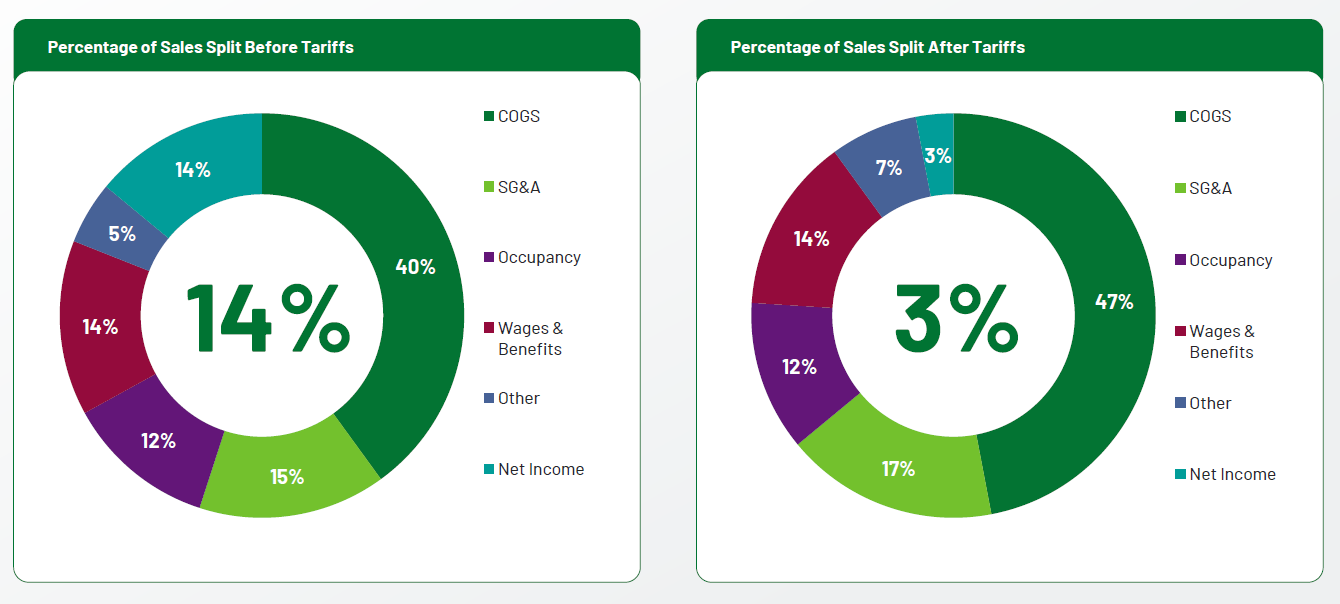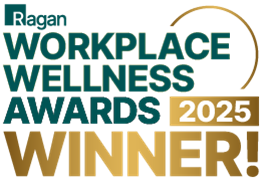
Sapling Financial Consultants was delighted to facilitate an interactive webinar with members of FEI Canada’s, Toronto Chapter to discuss the latest challenges posed by tariffs. Our Senior Engagement Manager, Dave O’Brien, CPA MFin, shared valuable insights on financial stress-testing as a tool for understanding and adapting to these changes. This blog post highlights the significance of stress-testing and offers guidance on how firms can navigate tariff impacts.
The Importance of Stress-Testing
Stress-testing is crucial for understanding the impact of macroeconomic factors such as tariffs. By running multiple scenarios, businesses can:
- Account for macroeconomic changes such as a decrease in GDP, rising inflation, or the depreciation of the Canadian dollar in their financial forecasts.
- Measure the effects of these changes on business performance and identify potential risks from future macroeconomic shifts.
- Highlight key factors that have the greatest impact on performance.
- Optimize pricing strategies to maintain sales volume despite tariffs.
- Evaluate the outcomes of different strategies designed to reduce risks.
- Assess capital needs and identify potential cash flow problems.
- Create backup plans to manage potential cash flow gaps.
- Enhance communication with stakeholders and support better decision-making with actionable insights
The Impact of Looming Tariffs
Tariffs can negatively impact business performance by reducing demand in foreign markets and increasing the cost of importing goods. This effect is felt across various industries, from energy and automobile manufacturing to agriculture and food. However, companies facing tariffs are likely to encounter similar challenges, such as:
- Decline in Sales: Passing tariff costs onto customers may lead to decreased sales.
- Changes in Pricing Structure: Companies may need to adjust pricing if the full impact of tariffs cannot be passed on to consumers.
- Increased Costs: Expect increased costs for supplies, especially if sourced from the U.S., which can compress margins.
- Cash Flow Challenges: Focus on short-term forecasts to assess cash positions and secure short-term financing for potential liquidity shortfalls.

Exhibit1: Implications of tariffs on performance
How Firms Can Adapt to Tariffs
To mitigate the impact of tariffs, firms can implement several strategies:
- Increasing Domestic Sales Efforts: Reduce dependence on exporting by upselling to existing domestic customers, offering promotions, and expanding into new markets within Canada. Reduced interprovincial trade barriers can aid this effort.
- Finding Domestic Vendors to Replace U.S. Vendors: Minimize reliance on foreign suppliers by sourcing goods domestically to reduce costs, ensure faster delivery, and reduce risk.
- Postponing Capital Investment: Manage cash flow by delaying expansion plans, extending the use of existing assets, and considering leasing instead of purchasing.
- Managing Workforce: Optimize the workforce through hiring freezes, outsourcing non-core functions, cross-training employees, and reducing headcount if necessary.
How Stress-Testing Helps Businesses Navigate Economic Changes
Stress-testing helps businesses adjust their sales forecasts to account for potential changes in the economy after tariffs. It also looks at how sensitive these forecasts are to changes in key factors, like the cost of goods. The main focus is on the cash balance over time, which shows what steps need to be taken and how much flexibility there is. Businesses can assess their monthly cash flow, plan for any cash shortfalls, and identify the best combination of strategies to improve results.
By understanding how tariffs might affect their business and preparing strategies to adapt, companies can stay financially stable and handle these challenges effectively.




